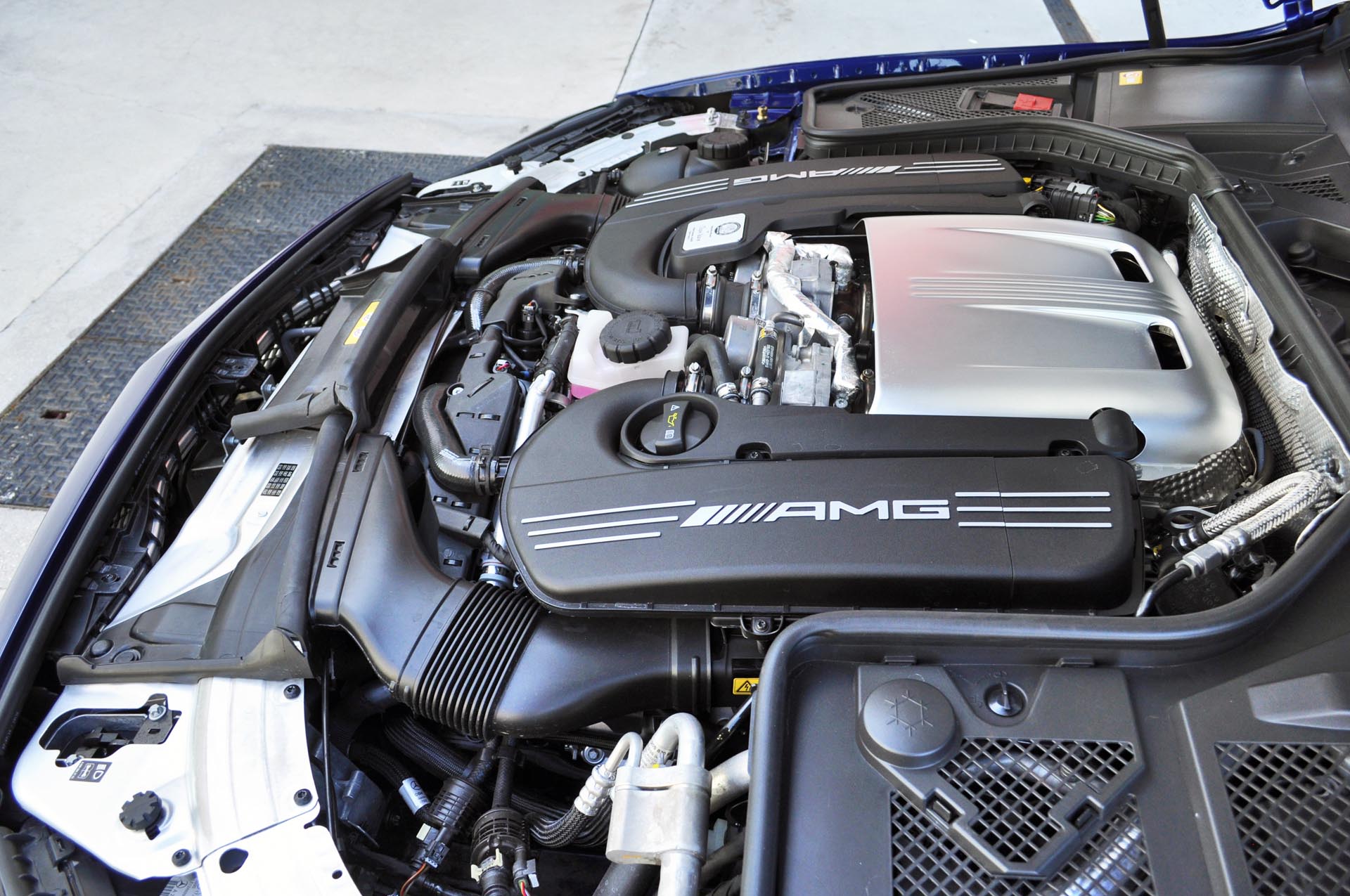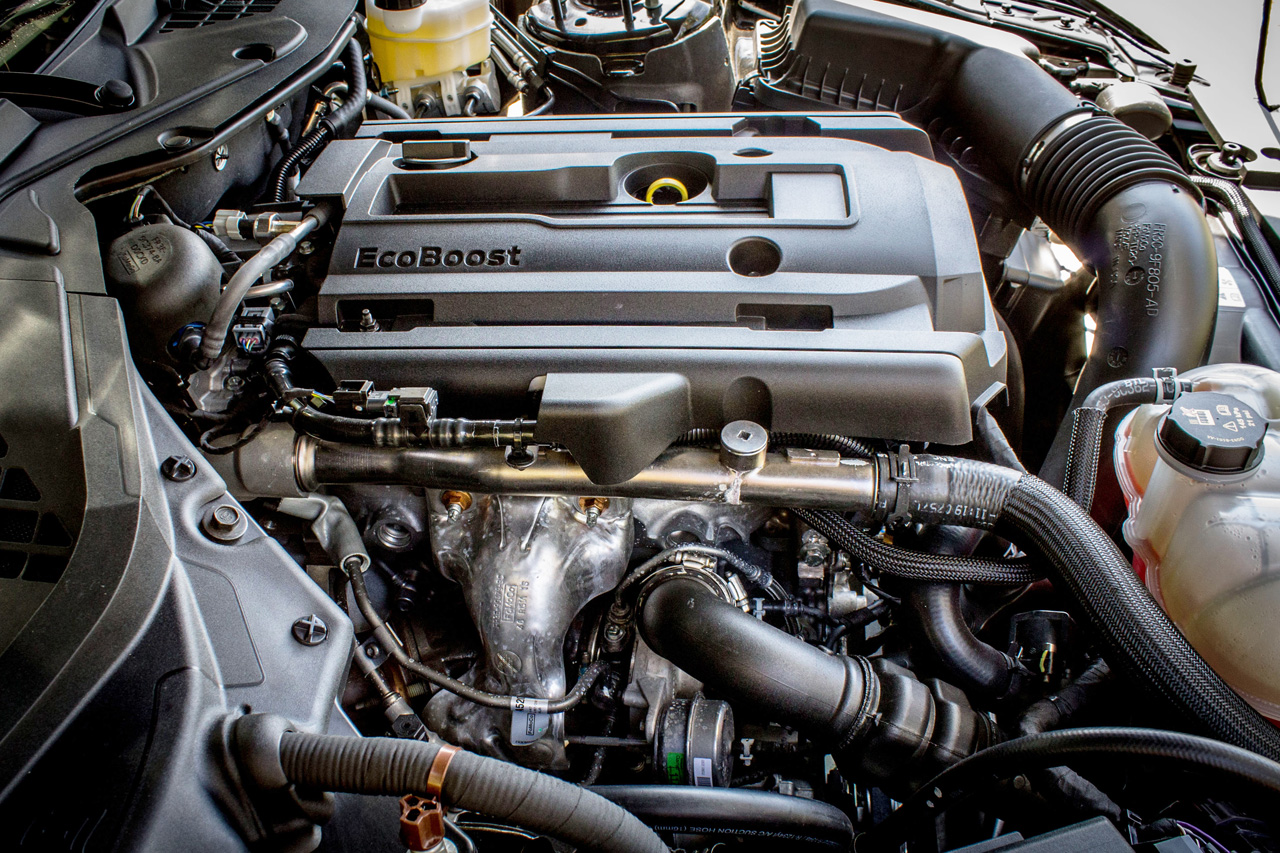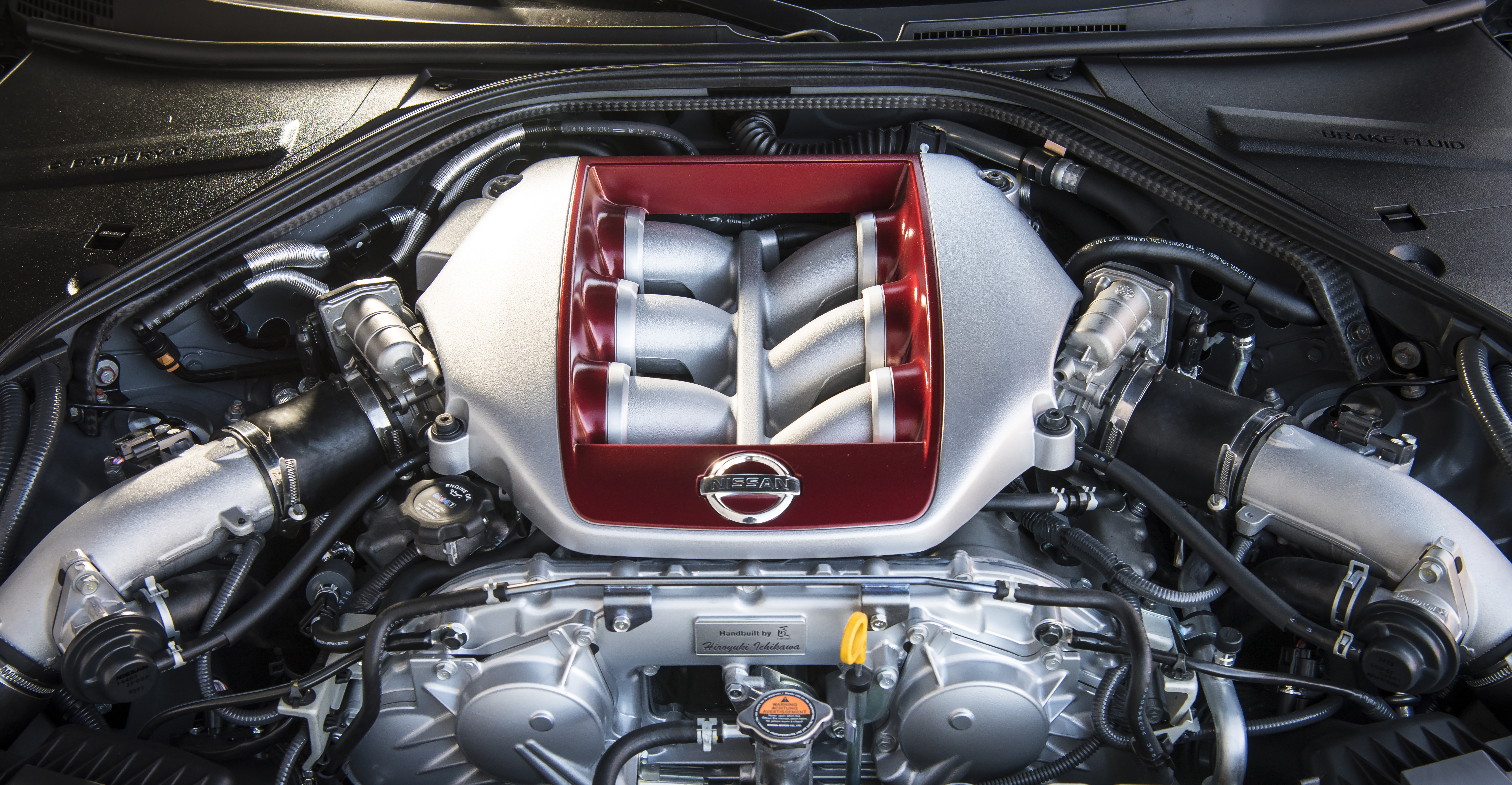Welcome to Goof of the Month! Every month, we ask for stories from our technician pals which highlight the need to understand one’s vehicle, how to maintain it, and how it works.
This month’s story comes to us from Lori Boerio, a service advisor at a major auto dealer in Northern Ontario that she prefers not to name.
Boerio tells of a customer who modified his newer vehicle outside of factory parameters, and wound up with a nasty surprise when he came in for a warranty repair.
The gist? The customer had bought a popular new sports car model with a turbocharged engine, and shortly after, installed non-factory software to the engine computer to increase the engine’s power output. About a year later, the vehicle, which was still within its warranty period, suffered symptoms of a serious problem – and saw the owner return to the dealer for a repair, under warranty.
The Complaint

“The customer booked an appointment through our front desk, complaining of an unusual sound from his engine, and some possible burning oil,” Boerio says. “We had him bring his car in a few days later for an inspection. It was only about a year old, still well within its factory warranty period.”
Boerio’s service team started the engine and listened for the unwelcome sound – which was detectable right away. “It was like loose change – a strong rattling, scraping sound, coming from deep within the engine. It sounded fairly serious.”
Standard checks followed. The oil level was inspected, Boerio confirmed that the vehicle hadn’t missed an oil change, a visual inspection was completed, and several mechanics attending to the vehicle began to fear the worst.
“Before long, it was becoming apparent that this was some fairly significant internal engine damage,” Boerio recalls. “This does happen from time to time, with factory engines, but it’s extremely rare. New car engines are built so precisely these days, they rarely fail, let alone when they’re this new. But they are machines, and any machine can break.”
Turns out, that’s especially true if you use non-factory software to increase the turbocharger boost pressure to well beyond factory-set limits, which was the case here.

In some applications, a re-flashed or reprogrammed ECU can apply software that runs the turbo engine to make dozens and dozens more horsepower than it was engineered for, effectively “turning up the boost.”
Eventually, a compression test, which helps a mechanics ascertain the health of an engine, revealed the customer’s issue. Three of the four cylinder pressures were within spec, but cylinder number three was reading drastically low.
“We want to see compression test results with this engine showing somewhere around 170 psi in each, with no more than a small difference between any two. But cylinder number three was reading much closer to zero compression – which indicates some physical damage within the engine, likely to the piston or cylinder wall,” says Boerio.
In simple terms? This engine was mucked – possibly suffering from a cracked or damaged piston ring or ringland – the part of the piston that supports the ring – or some damage to the structure of the piston or cylinder wall itself.

Before arranging a warranty engine repair, which would have required the dealer to remove, dismantle, assess and rebuild or replace the engine, a few more checks were carried out.
“I asked the owner if he’d ever run reprogrammed engine management software, or turned up the turbocharger boost pressure with a chip, or a tune. This is a somewhat common practice in the owner community for these vehicles.”
“He said he never had, and that there were no modifications made to the car. Some modifications are fine. We see enough of them with this vehicle. But altering engine management software is a great big black flag, and will void the warranty. This is fairly standard across all manufacturers and brands.”
Boerio caught the owner in his lie, thanks to a special tactic used by numerous manufacturers.
The gist? The customer altered the way his engine worked, which resulted in severe damage, and was trying to have the dealer foot the bill to replace it under warranty.

“When we do software updates to the engine computer (ECU), to update or fix issues, we apply a discreet little reflash sticker under the hood,” Boerie explains. “This records and validates the updates that have been applied, and we record them to the vehicle’s VIN number at the dealer level. These updates and software changes are safe – they’re designed by people who know the vehicle, and they won’t void the warranty.”
Thing is, the ECU in this particular vehicle also counts the number of times it has had new programming installed. From the factory, that count sits at one – for the factory software. Every time software is installed to the ECU, the count increases. Translation? When an owner (or non-dealer enterprise, like a speed shop) installs non-factory performance software to the ECU of this particular vehicle, and many others like it, the count increases – but the number of stickers, and supporting documentation from the dealer, does not.
“The numbers were out,” Boerio says. “Once we checked, we found that this customer’s ECU had received software outside of the dealer setting twice: once when he tweaked up the power, and once more, when he re-installed the factory software, before visiting us, as it turns out.”
The Outcome

The customer believed that simply setting his ECU back to factory parameters would be sufficient to conceal the cause of his engine damage, but that wasn’t the case.
“If you reflash it once, twice, three times, whatever, we are going to know – even if it’s set back to factory software before you come in,” Boerio adds. “This sort of modification is a fairly popular one. It’s easy and cheap to get a turbocharged engine to make a lot more power with some software, but you’re affecting the durability and lifespan of the entire driveline. There are so many variables at play. Get something wrong, or push the engine too hard, and damage is possible. In many older cars from the past decade or two, this wasn’t as big an issue with warranty denial: we didn’t have the software we have today. But non-factory software can be dangerous, and we have some great ways to detect it.”
End result? The customer left the dealer with his busted engine, and the dealer never heard from him again.
“I suspect he was peeved,” Boerio says. “But expecting a dealer to replace an engine you damaged with non-factory software is ridiculous. I imagine this customer could have sourced a replacement engine and had it installed. I doubt his damaged engine wouldn’t have lasted too much longer in the state it was in.”
Lesson Learned

There are two takeaways from this story. First, if you’re buying a new car and planning to modify it, remember that non-factory software is an almost guaranteed way to void your warranty. Other modifications, like intake and exhaust systems, depending on the manufacturer, may be acceptable – but talk to your dealer service department, and read the vehicle’s warranty conditions, before making any modifications.
And second, if you’re buying a used car that you suspect may have been modified, and if that ride still has some portion of its factory warranty remaining, ask your local dealer to check and ensure its warranty is still in good standing during a pre-purchase inspection, for maximum peace of mind.

